Site Visit to the Museum of Science
The Boston Museum of Science
The Museum seemed to target families and in particular, school age children. This was initially clear just from taking stock of the people in line to get tickets and those enjoying the exhibits. There were large groups of children (seemingly on a class field trip), families with kids ranging from elementary to middle school ages. There were a few groups of college students as well. But the targeted age group was clear from the museum’s contents. Most of the exhibits were colorful, hands-on, or larger than life (or some combinations of all three).

As far as technologies associated with the museum they had many interactive and hand-on exhibits as well as a museum exhibit mobile app. I did not know about the museum app until after I left the museum though, so I am not sure how many people use it or know about it when at the museum (though I totally could’ve missed any signs advertising it). I can’t be sure if anyone was using the mobile app, but I did see many visitors with the museum map. Adults and children alike seemed to take advantage of the hands-on parts of displays, as well as the videos and sound recordings present at various exhibits.
Here are some examples and photos of the interactive exhibits I saw. Most of the interactiveness falls into audio, video, or tactile categories and many displays included a combination of these.
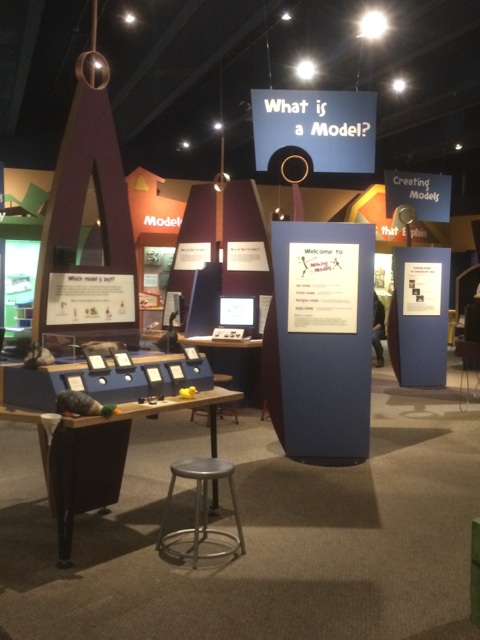
- Interactive exhibits that allow you to build “your own fish”, determine the energy efficiency of your home, and more. Used screens and computers.
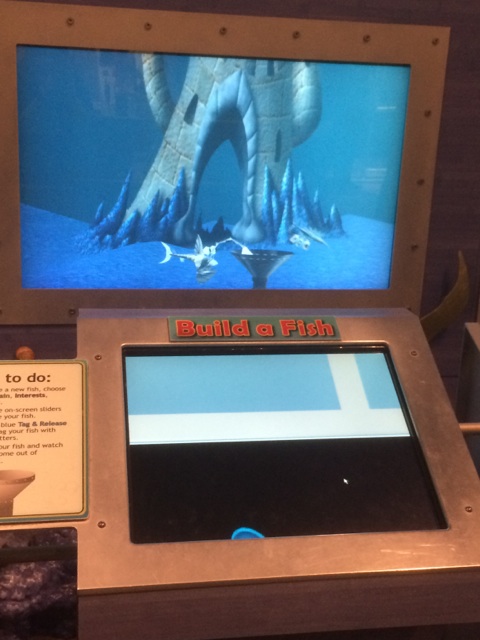
- Hands-on exhibits where you investigated an object and had to determine what it’s use was. Used physical, touchable objects.
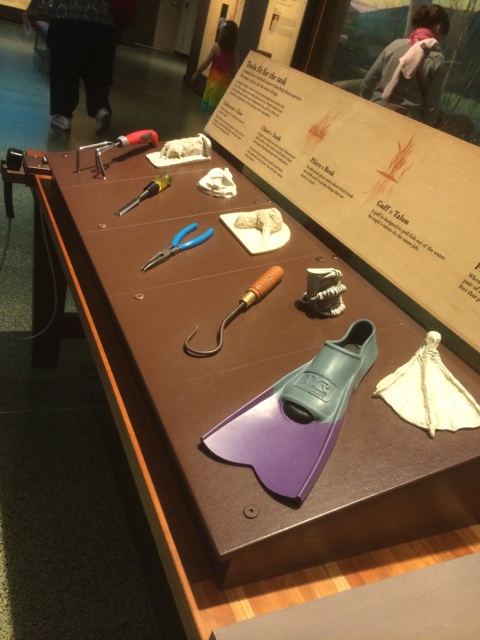
- In an exhibit regarding light and sound waves, there were interactive places to track your distance and plot it on a graph (using sound waves) and also a wall of mirrors placed at different angles to give life to the information presented on placards about light waves. Involved a person physically interacting with a data collection tool and computer. Other stations allowed guests to try things out for themselves, for example experimenting with the pressure per area of a bed of nails. Another allowed vistors to recreate Newton’s gravity experiments.
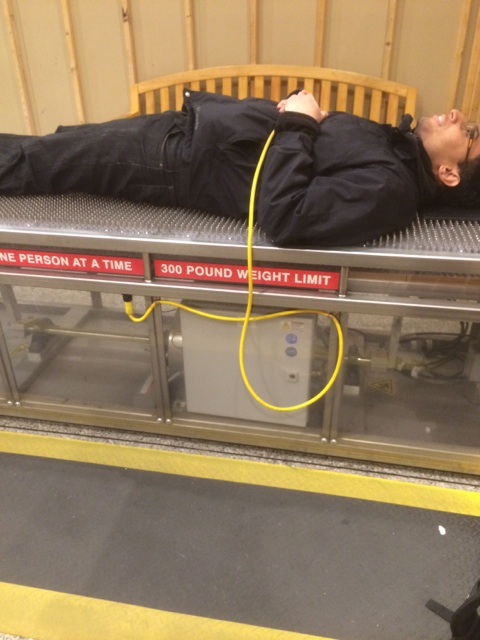
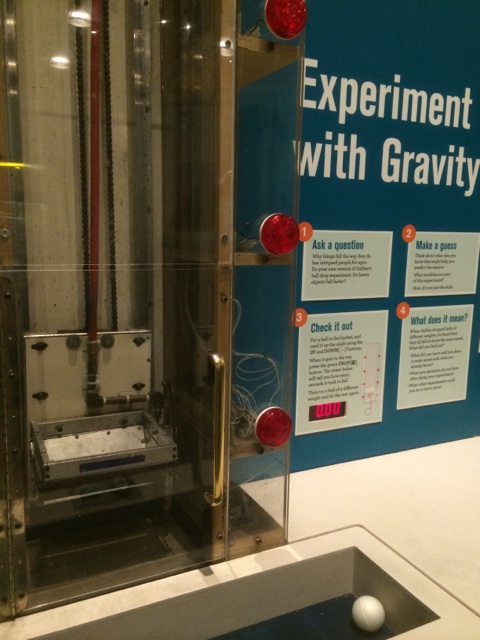
-
Many exhibits had tv/computer screens showing videos of elements of the exhibits in actions. For example, a display on recycling had a box filled with an amount of plastic grocery bags that a typical household uses each year, examples of different types of recyclable materials, and a video showing how recycling plants operate and actually turn recycled materials into new things. Combined video and audio as well as touchable exhibit elements.
-
In general, many exhibits featured “telephones” that guests could put to their ear to hear sound bytes explaining the display or it’s contents.